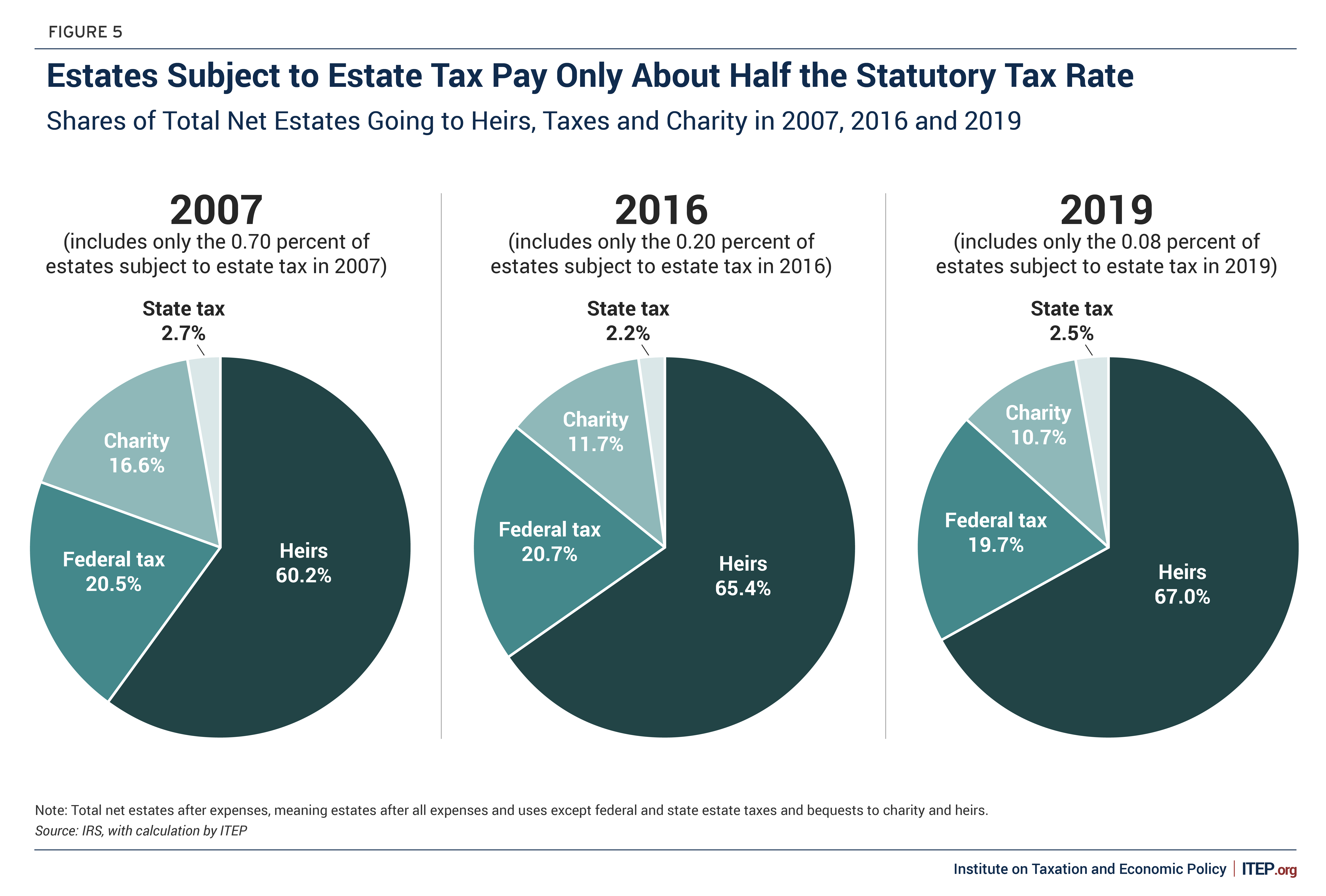All Categories
Featured
Table of Contents

Understanding the various fatality benefit alternatives within your acquired annuity is vital. Thoroughly examine the agreement information or talk with an economic consultant to determine the details terms and the very best way to wage your inheritance. Once you inherit an annuity, you have several choices for obtaining the cash.
In some situations, you could be able to roll the annuity into a special sort of individual retired life account (IRA). You can select to obtain the whole remaining equilibrium of the annuity in a solitary settlement. This option uses immediate access to the funds yet features major tax obligation effects.

If the inherited annuity is a competent annuity (that is, it's held within a tax-advantaged pension), you may be able to roll it over right into a brand-new pension. You don't require to pay taxes on the surrendered quantity. Beneficiaries can roll funds into an inherited IRA, a special account especially developed to hold properties inherited from a retirement.
Deferred Annuities inheritance taxation
While you can't make additional payments to the account, an inherited IRA uses a useful benefit: Tax-deferred growth. When you do take withdrawals, you'll report annuity earnings in the exact same means the strategy participant would certainly have reported it, according to the Internal revenue service.
This choice offers a constant stream of earnings, which can be useful for long-term economic preparation. There are various payout options offered. Generally, you need to begin taking circulations no greater than one year after the owner's death. The minimum amount you're needed to take out every year after that will be based upon your own life span.

As a recipient, you won't undergo the 10 percent internal revenue service early withdrawal charge if you're under age 59. Trying to calculate taxes on an inherited annuity can feel complex, but the core principle focuses on whether the contributed funds were formerly taxed.: These annuities are moneyed with after-tax dollars, so the recipient typically does not owe tax obligations on the initial payments, yet any incomes accumulated within the account that are distributed undergo regular revenue tax obligation.
Inherited Annuity Income taxation rules
There are exceptions for partners that acquire certified annuities. They can normally roll the funds into their own IRA and defer tax obligations on future withdrawals. Regardless, at the end of the year the annuity business will submit a Kind 1099-R that demonstrates how a lot, if any, of that tax year's circulation is taxed.
These taxes target the deceased's total estate, not simply the annuity. These taxes usually only effect really big estates, so for many heirs, the focus must be on the revenue tax obligation effects of the annuity.
Is an inherited Retirement Annuities taxable
Tax Obligation Treatment Upon Fatality The tax obligation treatment of an annuity's death and survivor benefits is can be rather made complex. Upon a contractholder's (or annuitant's) death, the annuity may undergo both earnings tax and inheritance tax. There are different tax obligation treatments depending upon who the beneficiary is, whether the owner annuitized the account, the payment technique picked by the recipient, etc.
Estate Tax The federal inheritance tax is a very dynamic tax (there are many tax brackets, each with a greater rate) with prices as high as 55% for huge estates. Upon death, the IRS will certainly include all residential property over which the decedent had control at the time of fatality.
Any type of tax in unwanted of the unified debt schedules and payable nine months after the decedent's fatality. The unified credit rating will fully sanctuary reasonably moderate estates from this tax. For many clients, estate taxes might not be an essential concern. For larger estates, nonetheless, inheritance tax can impose a large worry.
This discussion will certainly concentrate on the inheritance tax treatment of annuities. As was the situation during the contractholder's lifetime, the IRS makes a vital distinction between annuities held by a decedent that are in the build-up phase and those that have actually gone into the annuity (or payout) phase. If the annuity is in the accumulation phase, i.e., the decedent has actually not yet annuitized the agreement; the complete survivor benefit guaranteed by the contract (including any type of improved survivor benefit) will certainly be consisted of in the taxed estate.
Are Tax-deferred Annuities death benefits taxable
Example 1: Dorothy possessed a taken care of annuity agreement issued by ABC Annuity Firm at the time of her fatality. When she annuitized the contract twelve years ago, she picked a life annuity with 15-year period particular.

That worth will certainly be consisted of in Dorothy's estate for tax obligation objectives. Upon her death, the settlements stop-- there is nothing to be paid to Ron, so there is absolutely nothing to consist of in her estate.
Two years ago he annuitized the account selecting a life time with cash money refund payout alternative, naming his child Cindy as beneficiary. At the time of his death, there was $40,000 major staying in the agreement. XYZ will certainly pay Cindy the $40,000 and Ed's administrator will certainly consist of that amount on Ed's inheritance tax return.
Because Geraldine and Miles were married, the benefits payable to Geraldine stand for building passing to a surviving partner. Guaranteed annuities. The estate will certainly have the ability to make use of the endless marriage deduction to prevent taxes of these annuity advantages (the value of the benefits will be noted on the estate tax obligation form, in addition to a balancing out marriage reduction)
Inherited Annuity Rates taxation rules
In this case, Miles' estate would certainly consist of the value of the continuing to be annuity payments, however there would certainly be no marriage deduction to balance out that inclusion. The very same would use if this were Gerald and Miles, a same-sex pair. Please note that the annuity's continuing to be value is identified at the time of fatality.

Annuity agreements can be either "annuitant-driven" or "owner-driven". These terms describe whose fatality will certainly trigger payment of survivor benefit. if the contract pays fatality advantages upon the death of the annuitant, it is an annuitant-driven agreement. If the fatality benefit is payable upon the death of the contractholder, it is an owner-driven agreement.
But there are scenarios in which one individual owns the contract, and the determining life (the annuitant) is another person. It would behave to assume that a certain contract is either owner-driven or annuitant-driven, however it is not that easy. All annuity agreements issued since January 18, 1985 are owner-driven due to the fact that no annuity contracts issued ever since will be provided tax-deferred condition unless it includes language that activates a payout upon the contractholder's death.
Table of Contents
Latest Posts
Exploring Fixed Annuity Vs Variable Annuity Key Insights on Fixed Annuity Vs Variable Annuity Breaking Down the Basics of Investment Plans Benefits of Choosing the Right Financial Plan Why What Is Var
Breaking Down Your Investment Choices Everything You Need to Know About Financial Strategies Defining the Right Financial Strategy Advantages and Disadvantages of Different Retirement Plans Why Annuit
Decoding How Investment Plans Work Key Insights on Your Financial Future What Is Annuities Variable Vs Fixed? Advantages and Disadvantages of Different Retirement Plans Why Fixed Index Annuity Vs Vari
More
Latest Posts